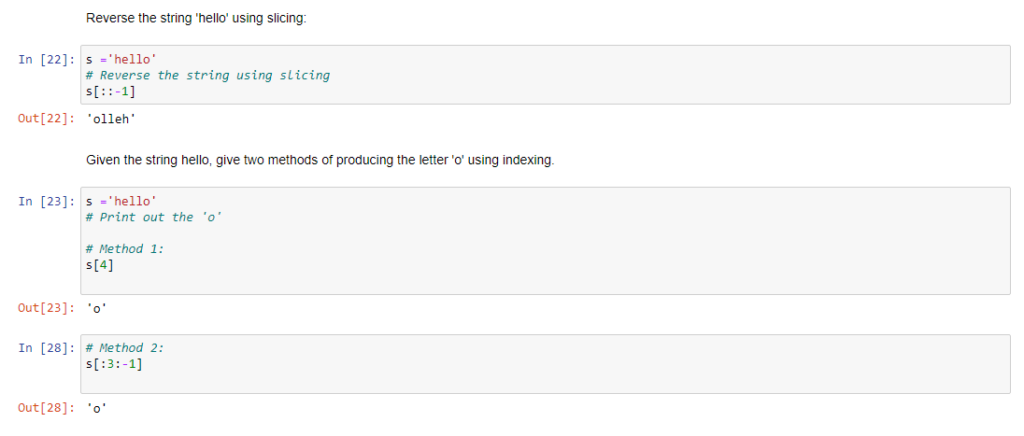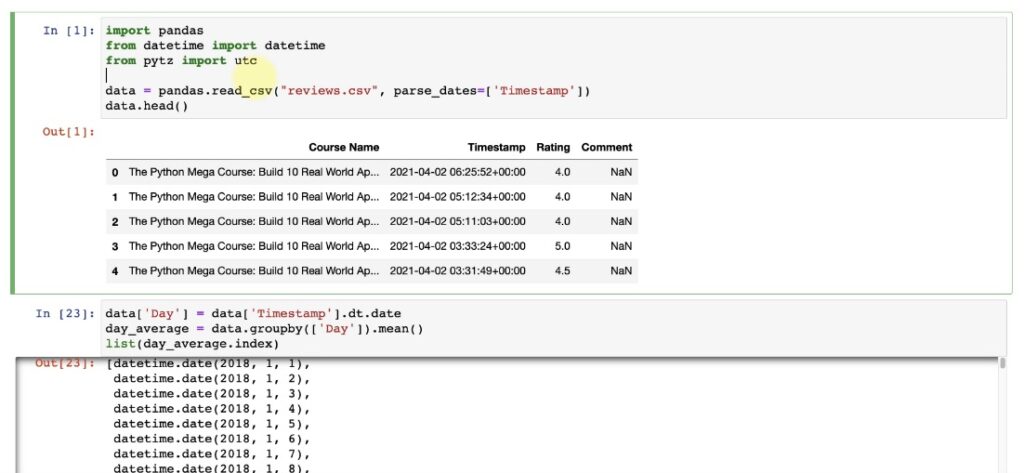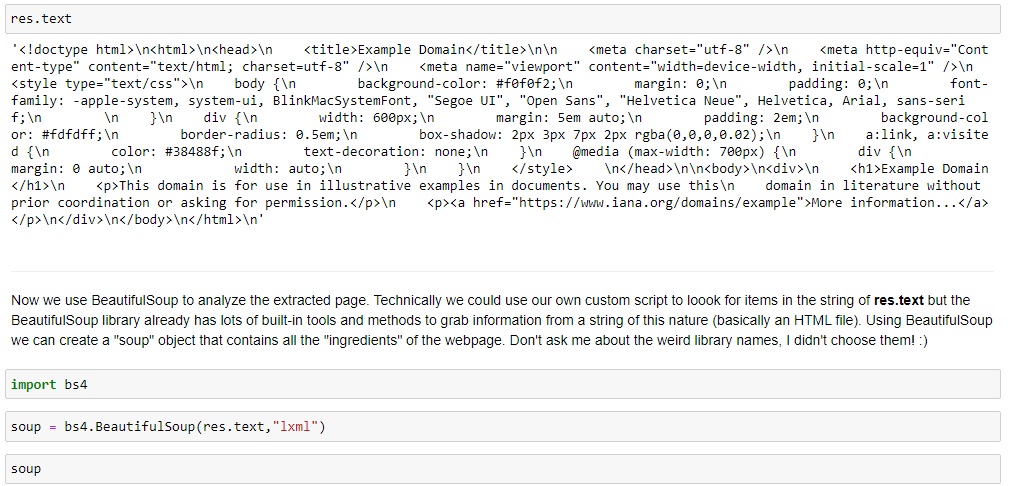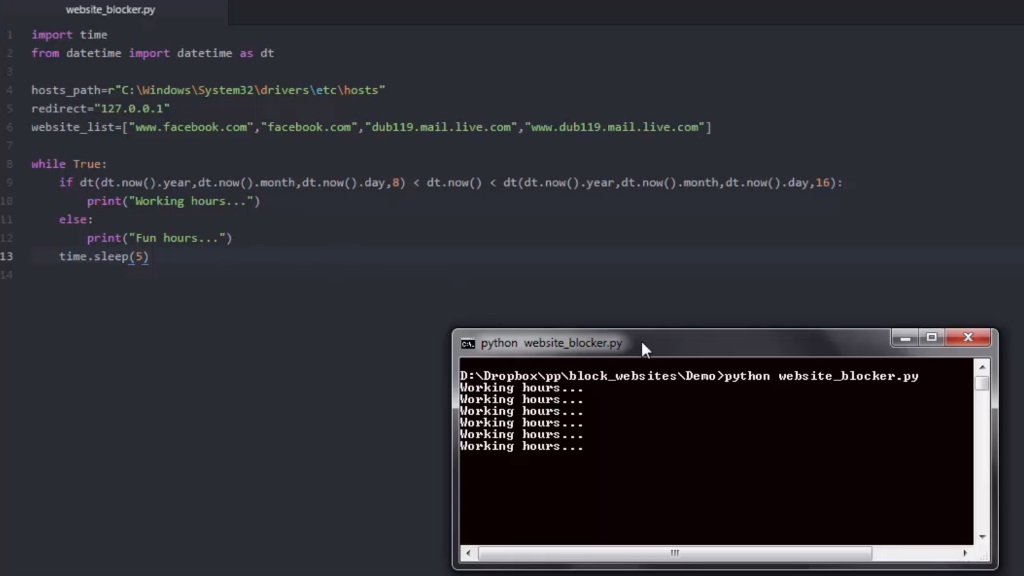Publish Date - July 16th, 2022
|Last Modified - March 7th, 2023
One of the most widely used and sought-after programming languages in the world, Python will be here to stay.
But how can one learn Python the best? Well, by using Udemy of course!
If you could start over, you might follow the instructions provided in the best Udemy Python courses available online. It would have accelerated your career, saving you many hours of work, and reduced a great deal of stress for you. Let’s get going.
1. Data Structure

The most effective data structures in Python for storing and organizing data are List, Tuple, Set, and Dictionary.
Lists: are similar to dynamically scaled arrays that are expressed in other languages (ArrayList in Java and Vector in C++). The most effective tool in Python is the list since they don’t necessarily have to be homogenous.
Tuple: A group of Python objects called a “tuple” is separated from one another by commas. In respect of repetition, hierarchical objects, and indexing, tuples and lists are quite comparable, but tuples are immutable, whereas lists are changeable.
Set: A Set is an iterable, changeable, and duplicate-free unordered collection data type. The mathematical concept of a set is represented by the set class in Python.
Dictionary: In Python, a collection of data values that can be sorted (as of Py 3.7) or unordered (as of Py 3.6 and earlier) is used to store data values, much like a map, in contrast to other Data Types that can carry multiple values as elements. Key-value pairs are stored in dictionaries. The dictionary includes key-value pairs to help it become more efficient.
2. Building classes (OOP)

The class combines a set of data associated with a specific instance with a selection of functions that manipulate the data. Similar to a text, integer, or list, a class is a type of data type. An instance of a class is what we refer to when we produce an object of that data type. The class keyword is used to build user-defined objects. The class serves as a template for a future object’s nature. An instance is a particular object that was made from a certain class. Tohandle new objects and facilitate inheritance, classes are utilized—a fundamental component of object-oriented programming and a technique for code reuse.
3. Data Visualization

The original Python data visualization library is matplotlib. It has been around for more than ten years, yet among the Python community, it is still the most used library for plotting. It was made to closely mimic the 1980s-era proprietary programming language MATLAB. Since matplotlib was the very first Python data visualization toolkit, several more libraries have been created to be used in conjunction with it or on top of it. Some libraries act as “wrappers” over matplotlib, such as pandas and NumPy. With little code, you may use them to access a variety of matplotlib’s functions.
4. Web Scraping

The technique of gathering and processing raw data from the Web is known as web scraping, and the Python community has developed some rather potent web scraping tools. The world’s largest source of information—and false information—may be found on the Internet. Collecting and analyzing data from websites has vast potential applications in a wide range of fields, including data science, corporate intelligence, and investigative reporting.
5. Automation

Compared to other programming languages, Python offers a nice accessible syntax that is simple to read and grasp. Additionally, because it is open-source, a vast selection of tools, libraries, frameworks, and support is readily accessible for it. Python is one of the preferred programming languages for carrying out basic automation because of this. Automation refers to the process of turning a humanly performed action into an automated one.
Continue to learn! You are now prepared to start studying Python as you have these learning techniques at your disposal. We also provide a Python course for beginners that utilizes engaging examples to teach you programming and web development.
Continue to learn!
You are now prepared to start studying Python as you have these learning techniques at your disposal. We also provide a Python course for beginners that utilizes engaging examples to teach you programming and web development.